Hello everyone!
We are working on a realisation of an optical modulator and have a doubt. Mr Noel Miller posted already a question, but it was suggested this community. I will repost his question because he have not an account here.
PS I have copied.
Question version 1. In lasercom we use mostly OOK or PPM modulation.
Theoretically I understand what the purpose of a modulator is and how it works (mathematically). How does a modulator look like in practice?
Input of the modulator is optical or electrical signal, depends on if modulator is first or optical source is.
In practice, modulator is a device with 100s part…
Could you as engineer explain what modulator is? How was it implemented? What is optical modulator?
For me as someone who works with mathematical model it is difficult to imagine.
EDIT 1
I have found we can modulate the optical or electrical signal. Modulation could be after or before a laser source. What is the difference? Are there advantages or disadvantages? Does it better modulate optical signal or electrical?
EDIT 2
I have the following realisation of the free space communication. The transmitter here are signal generator, driver, bias tree, laser diode, isolator and collimator.
How do the collimator and the isolator connect with laser diode? It seems they are connected via smth...
